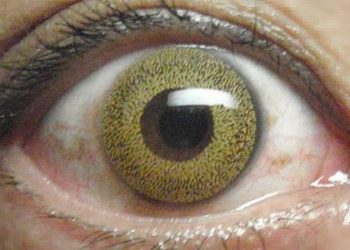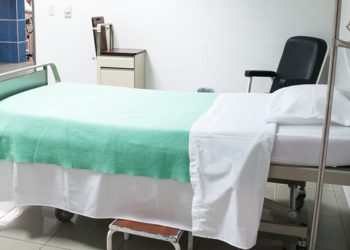Emerging highly pathogenic avian influenza A(H5N1) infections in humans
1. In this case series, of the reported 46 case-patients, 45 cases were due to exposures to infected poultry or dairy cows and were mild in severity, with no evidence of human-to-human transmission.
2. Personal protective equipment (PPE) alone may be suboptimal in reducing exposure risk in occupationally exposed individuals.
Evidence Rating Level: 4 (Below Average)
Study Rundown: Highly pathogenic avian influenza A(H5N1) has caused human outbreaks since 1997, with illness ranging from severe to asymptomatic. Since March 2024, A(H5N1) infections have resurged in U.S. dairy cows and poultry, with sporadic human transmissions. Surveillance is ongoing due to the risk of more widespread infections. This report summarizes 46 laboratory-confirmed U.S. cases. Exposure sources included infected poultry (20 cases), dairy cows (25), and one case with no known exposure. That patient, hospitalized for non-respiratory symptoms, was identified through routine screening—the remaining 45 experienced mild illness, with no hospitalizations or deaths. The most common symptoms were conjunctivitis, fever, and respiratory issues. Most patients received early oseltamivir treatment. No additional cases occurred among 97 household contacts, suggesting no human-to-human transmission. PPE use may have been suboptimal in occupational exposures. Study limitations included inconsistent on-farm monitoring, potential ascertainment bias, incomplete data, and a short study timeframe. Despite this, the findings offer an overview of A(H5N1) cases in the U.S., highlighting key areas for future surveillance and prevention efforts.
Click here to read the study in NEJM
Relevant Reading: Critical Illness in an Adolescent with Influenza A(H5N1) Virus Infection
In-Depth [case series]: This study was a descriptive analysis of human cases of highly pathogenic avian influenza A(H5N1) identified in the United States from March to October 2024. Occupationally exposed individuals were monitored for 10 days after last exposure to A(H5N1) infected or presumably infected animals and specimens were collected from symptomatic individuals. The final study population was derived from 46 adult patients with laboratory-confirmed A(H5N1) virus infections. In total, 45 of the 46 patients had exposure to infected animals, primarily poultry (20 patients) and dairy cows (25 patients). One patient had no identifiable exposure and the A(H5N1) infection was detected through routine surveillance during hospitalization with non-respiratory symptoms. Among the 45 patients with animal exposures, the median age was 34 years and 76% reported no concurrent medical conditions. The most common symptoms included conjunctivitis (93%), fever (49%), and respiratory symptoms (36%). Conjunctivitis was the only symptom in 44% of dairy workers and 20% of poultry workers. All cases were mild, with no hospitalizations or deaths reported. It was noted that 87% of patients received oseltamivir treatment. Gloves (71%), eye protection (60%), and face masks (47%) were the most commonly used PPE types, although concurrent use of both eye protection and respirators or face masks was only reported in 36% of individuals. Poultry workers reported higher PPE usage than dairy workers. The study provided an initial description of A(H5N1) infections in humans, which primarily caused mild illness among adults with occupational exposure to infected animals. No evidence of human-to-human transmission was identified. The findings underscored the need for improved PPE use among workers as well as ongoing surveillance and prompt antiviral treatment to mitigate the risk of widespread A(H5N1) infections.
Image: PD
©2025 2 Minute Medicine, Inc. All rights reserved. No works may be reproduced without expressed written consent from 2 Minute Medicine, Inc. Inquire about licensing here. No article should be construed as medical advice and is not intended as such by the authors or by 2 Minute Medicine, Inc.









